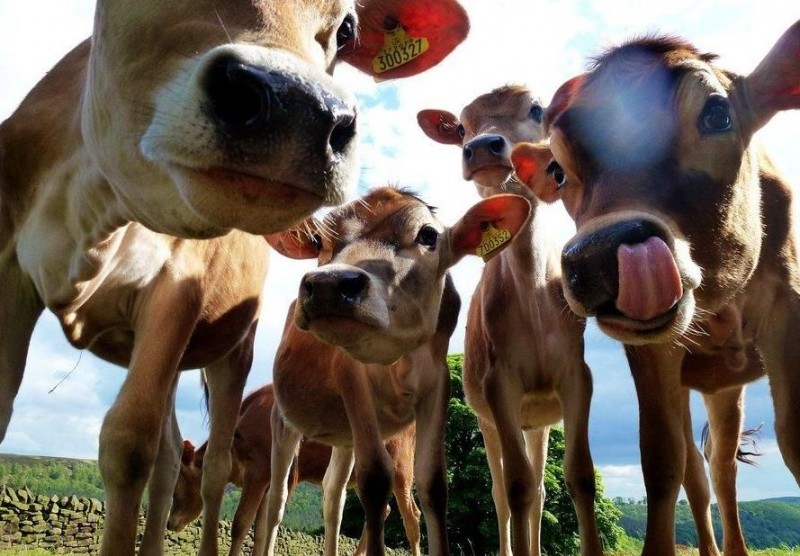
Introduction
Cows are fascinating creatures that are known for their gentle nature and their close social relationships. It might come as a surprise to many, but cows have best friends and form social bonds with each other. In this article, we will explore the intriguing world of cow friendships and delve into the reasons behind their strong social connections. We will also examine the behaviors and characteristics that define these friendships, providing a glimpse into the emotional lives of these remarkable animals.
The Complexity of Cow Friendships
The Nature of Cow Friendships
Cows are highly social animals that thrive in the company of others. They form strong bonds with their fellow herd members and establish long-lasting friendships. These friendships are not only important for their social well-being but also have a significant impact on their overall health and happiness.
The Role of Herd Dynamics
Herd dynamics play a crucial role in shaping cow friendships. Within a herd, cows develop intricate social hierarchies, and their friendships are often influenced by these dynamics. Cows lower in the hierarchy tend to form closer bonds with each other, seeking comfort and companionship within their social circle.
The Importance of Familiarity
Cows are known to prefer the company of familiar individuals. They recognize and remember their fellow herd members, forming strong social bonds with those they have spent more time with. This preference for familiarity enhances the depth and stability of their friendships, as they share experiences and memories with their trusted companions.
Behaviors and Characteristics of Cow Friendships
Mutual Grooming and Allogrooming
One of the most common behaviors observed in cow friendships is mutual grooming. Cows use their tongues to groom each other, creating a sense of closeness and relaxation within the relationship. Allogrooming, which involves grooming another cow, is also prevalent and serves as a way to strengthen social bonds within the herd.
Social Cohesion and Cooperation
Cows exhibit remarkable social cohesion and cooperation within their friendships. They often engage in synchronized behaviors such as grazing and resting together, displaying a sense of unity and togetherness. This cohesion not only fosters a sense of belonging but also contributes to their overall welfare and stress reduction.
Emotional Support and Compassion
Cows are highly empathetic creatures, and their friendships provide them with emotional support and compassion. When one cow is distressed or in pain, others in the herd show signs of concern and offer comfort through gentle nudges or vocalizations. This display of empathy and compassion highlights the depth of their social connections.
Communication and Vocalizations
Communication plays a vital role in cow friendships. Cows use a variety of vocalizations, such as lowing and mooing, to communicate with each other. These vocalizations serve as a means of bonding, expressing emotions, and coordinating group activities within the herd.
Conclusion
Cows have best friends and form social bonds with each other, showcasing their remarkable capacity for social connection and emotional intelligence. Their friendships are characterized by mutual grooming, social cohesion, and compassionate behaviors. Understanding and appreciating the depth of cow friendships can help us recognize the emotional lives of these animals and promote their well-being in agricultural and conservation settings.
Building and Nurturing a Healthy Relationship: Essential Tips for Lasting Happiness
The Cuban Missile Crisis: A Historical Standoff Between the United States and Soviet Union
The Brexit Referendum: A Historic Decision that Shaped the United Kingdom